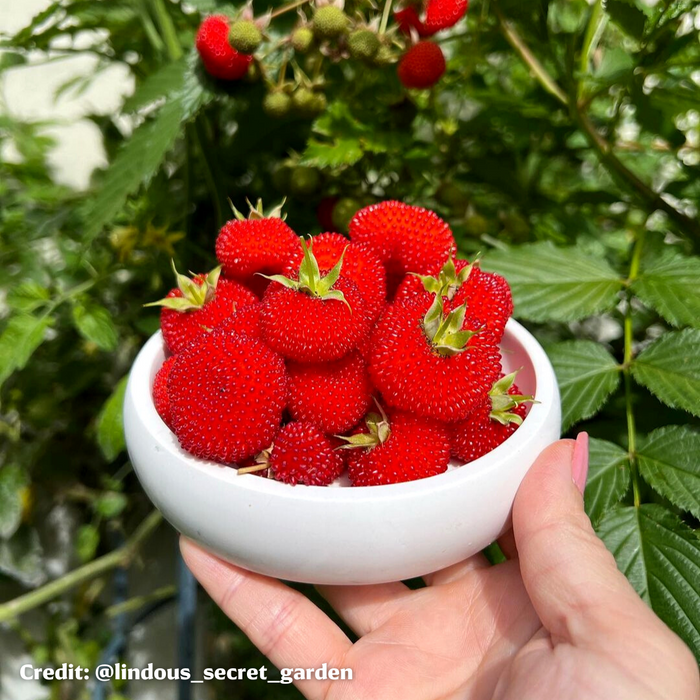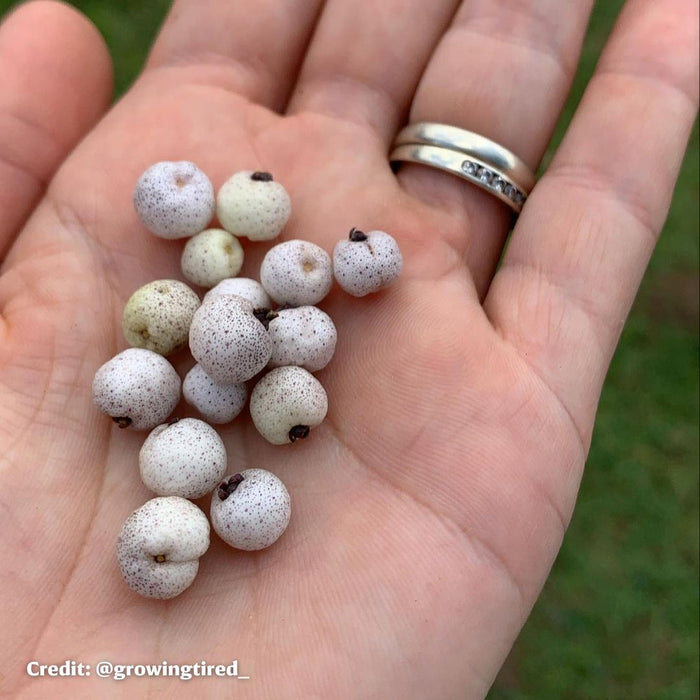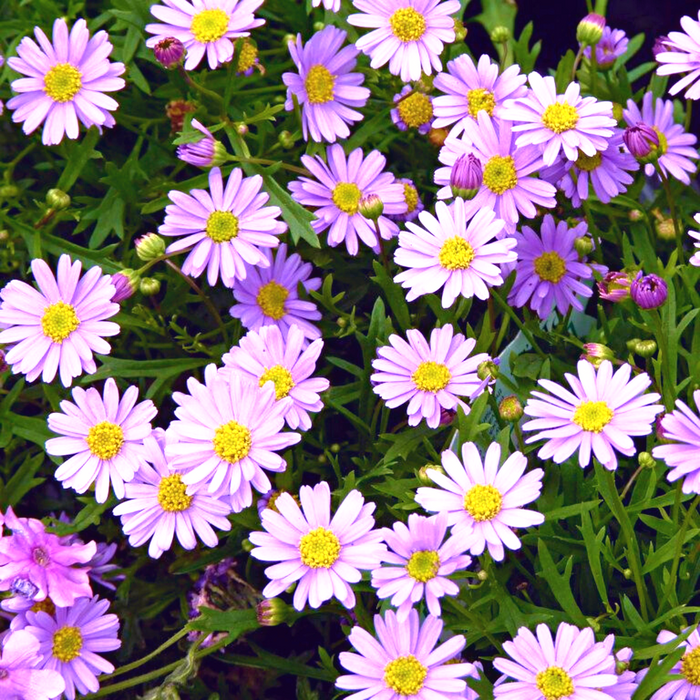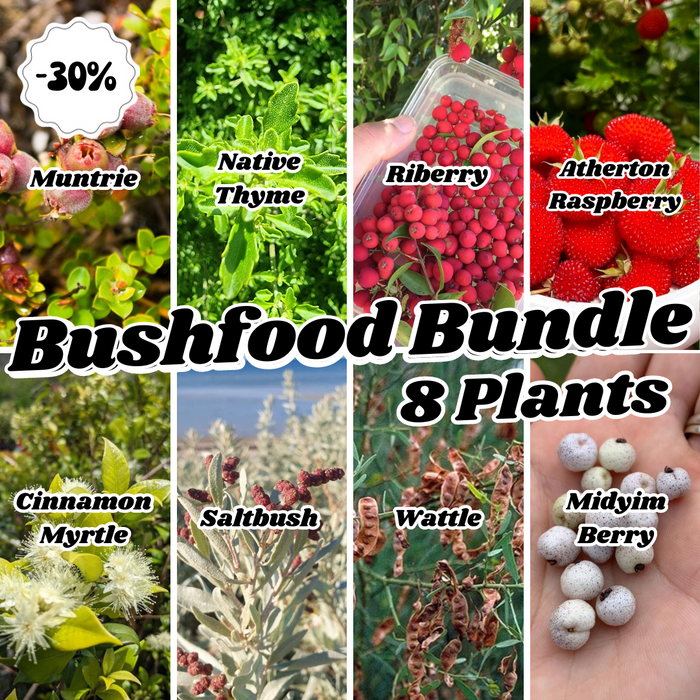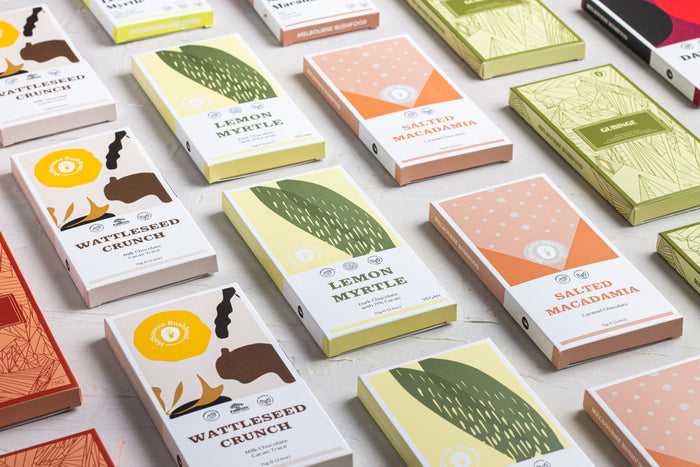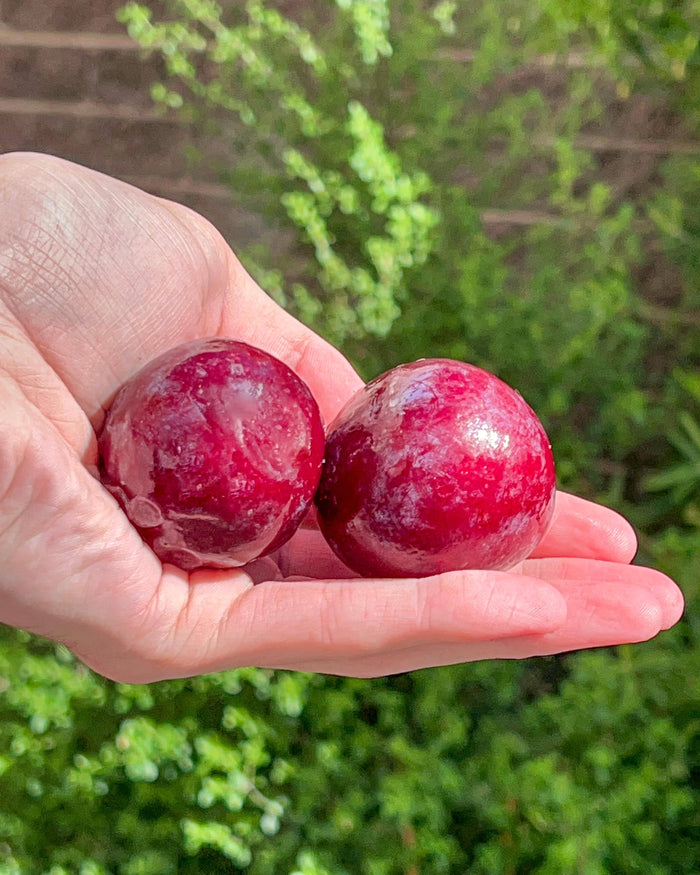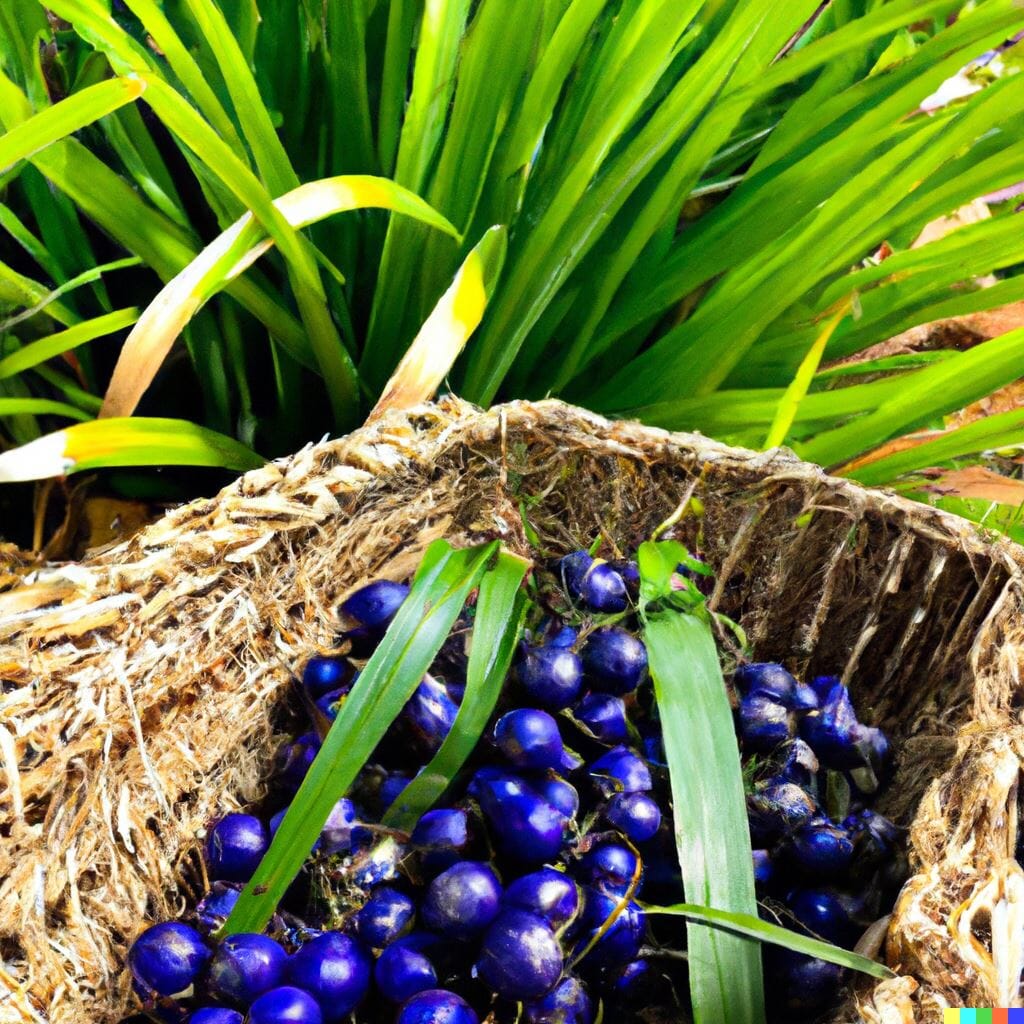

The Blueberry Lily - Dianella Revoluta - Care Guide
The Blueberry Lily, also known as Dianella revoluta, is a versatile and hardy plant native to Australia and New Zealand. With its attractive foliage and edible berries, it is a valuable addition to any garden. Here's a guide on how to grow and use the Blueberry Lily as a food plant.

Origin
The Blueberry Lily is native to Australia and New Zealand and is a popular ornamental plant due to its attractive foliage.
Uses
The Blueberry Lily has a rich cultural history and has been used by indigenous Aboriginal groups for a variety of purposes. In the past, the leaves of the plant were used for basket weaving, while the berries were used for food. The plant was known as "Yilimibn" by the Yuin people of the South Coast of New South Wales, and was used as a food source and for medicinal purposes.
Today, the Blueberry Lily is primarily used for ornamental purposes and as a food source, with the berries being used in recipes as a substitute for blueberries.
Quick Care
| Botanical Name | Dianella revoluta |
| Size Plant: | Seedling pot, min 20 cm tall |
| Frost Tolerance: | Tolerates light frost. |
| Drought Tolerance: | Drought tolerant once established |
| Soil Type: | Prefers well-draining soils and does not tolerate heavy, poorly-drained soils. It also prefers slightly acidic to neutral soils |
| Sun: | Full-sun/Part-shade |
| Size: | 2-3 ft tall, 2 ft wide |
| Pots: | Does well in pots. |
| Feeding: | Feed a high-quality native plant food every 6 months. |
Maintenance
Water Requirements
The Blueberry Lily is relatively low maintenance, but it's best to water it regularly, especially during prolonged hot weather or drought. The soil should be kept moist but not waterlogged.
Soil Requirements
The Blueberry Lily can grow in a variety of soils, including sandy, loamy, and clay soils. However, it prefers well-drained soil with a slightly acidic pH between 5.5 and 6.5. Adding compost or other organic matter to the soil will help to improve its structure and fertility..
Harvesting and Production
Fruit Production
The Blueberry Lily produces fruit in late summer to early autumn, and the berries can be harvested in late autumn to early winter. The berries are small, blue, and are usually ready to harvest when they are fully ripe and have turned a deep blue color.
Fruit Taste
The berries of the Blueberry Lily have a similar flavor to blueberries, but with a slightly sweeter and more distinctive taste. They are rich in antioxidants and are a good source of vitamins and minerals.
Harvesting
To harvest the fruit of the Blueberry Lily, simply cut the stems that bear the berries and place them in a container. The fruit can be eaten fresh or used in cooking.
Growing Blueberry Lilies in pots
Blueberry lily can be grown in pots, as long as the pot is large enough to accommodate the plant's root system and provides well-draining soil.


